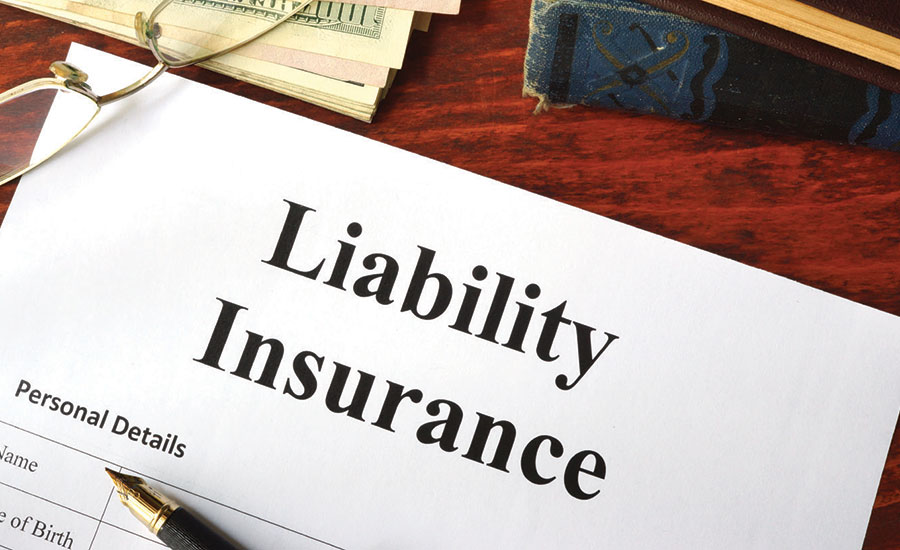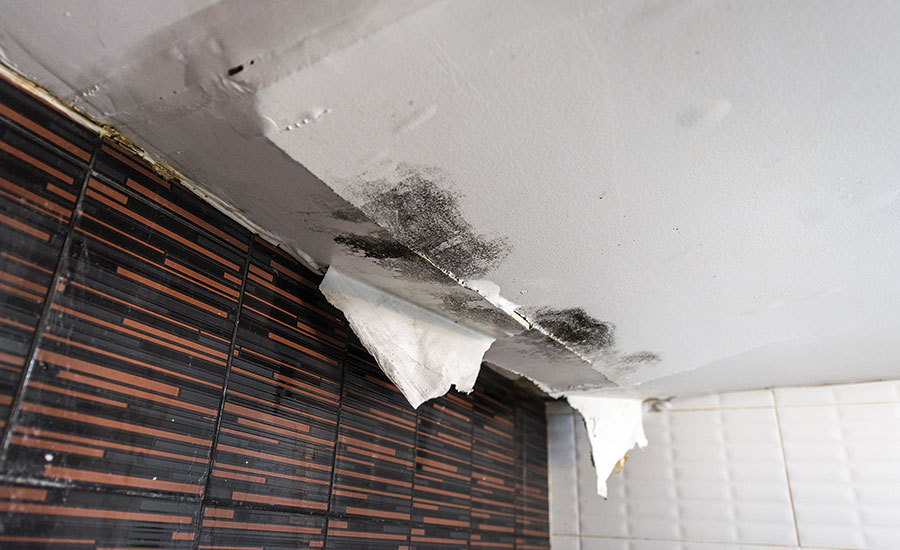Managing the Risks in Master Service Agreements | Part 1

Managing the risks associated with master services agreements with insurance companies for remediation services requires attention to detail when reviewing the contract. If a restorer misses a detail in the contract, the indemnity agreement in these contracts can leave the restorer in the position of being the insurance company of a big insurance company.
The good news is no one wants you to personally be their insurance company of last resort in the event of an uninsured loss at a project site. Therefore, good contracts are designed through adequate insurance requirements to make sure that never happens. The problem is it is very common for restoration contractors to not be in compliance with the insurance requirements in contracts, especially in work or projects assigned under master services agreements with insurance companies.
As a contractor, you are probably no stranger to contracts. If you are a part of a franchise group or a member of a direct repair network, you will have a contract in place with the franchisor or the direct repair network administrator. That contract will cover numerous aspects of your relationship with the other party including agreed upon scope of work or services and your compensation structure. The contract will also outline various specifications or requirements that must be met by you as the contractor.
A good contract will list specific insurance requirements that the contractor must meet to be eligible to join and stay in the franchise operation or network. These insurance specifications usually list the required lines of coverage the restorer must carry, the base line minimum limits of insurance required, and other terms and conditions that the insurance must meet. A well-designed insurance specification should prevent you from being the insurance company of last resort for the parties you have agreed to indemnify in a contract.
Core Risk of Master Services Contracts
A core risk management aspect in master services contracts is the concept of indemnification. Through indemnity clauses, these contracts require the contractor to indemnify the other referenced parties from claims, damages, losses and expenses the other parties may incur as a result of the contractor’s operations at a job site. To indemnify means to compensate a person or entity for incurred injury, loss, or damage.
Commonly this indemnity agreement applies only when the claim, damage, loss, or expense arises out of the contractor’s performance of their work and is attributable to bodily injury or property damage. So, essentially, indemnity clauses work to shift risk for and payment of claims, damages, losses, and expenses from the other potentially responsible parties to you.
It is important to note that the duty to indemnify a party in a contract is usually not limited by the insurances the contract specifies. In other words, your obligation to indemnify does not end when your insurance runs out or if you do not have coverage for a loss.
In order to support the contractor’s agreement to indemnify or compensate for claims, damages, losses and expenses, the contractor needs to provide some form of financial assurance. This is most commonly accomplished by carrying liability insurance. For restoration and remediation contractors, the common lines of liability coverage required include General Liability (GL) insurance, Contractors Pollution Liability (CPL) coverage, and Professional Liability coverage.

General Liability Policies
A GL insurance policy provides protection against claims for bodily injury and property damage arising out the contractor’s premises, operations, products, and completed operations. As the name suggests, GL coverage is for the general liability that contractors may face. However, GL policies have numerous exclusions that limit the coverage, requiring the purchase of other lines of liability insurance coverage. This is the reason behind the need for restoration and remediation contractors to purchase CPL insurance and Professional Liability coverage.
Exclusion f. for Pollution on standard GL policies knocks out coverage for any claim for bodily injury or property damage arising out of the migration, release, or escape of “pollutants.” “Pollutants” is generally defined to include any irritant or contaminant, making it a relatively broad-reaching definition. What is considered a pollutant varies by state; for example, bacteria, and therefore Category 3 water, are considered pollutants in many states. Therefore, a loss arising from a Cat. 3 water job would be excluded by the pollution exclusion in these states.
Other exclusions such as the Fungi or Bacteria exclusion attached to many GL policies preclude coverage for any claim involving fungi, which includes mold. They also apply to losses associated in any way with bacteria. Just showing up for a mold or Category 3 water job clicks in the exclusion!
Filling Coverage Gaps
A good quality CPL policy is designed to fill the coverage gaps created by pollution exclusions and losses arising from exposure to fungi or bacteria, which are excluded by the Fungi or Bacteria exclusion. However, this exclusion also excludes losses resulting from the existence or presence of fungi or bacteria. A CPL policy only provides coverage for losses arising from exposure to fungi and bacteria, not existence of or presence of fungi and bacteria. So, even the best CPL policy cannot fix the coverage gaps created by this “You cannot be in the mold or Category 3 water restoration business” exclusion.
Nine out of 10 restoration firms today are in trouble with the indemnification clauses in contracts today, because the Fungi or Bacteria exclusion in their GL policy deletes insurance for all losses arising at a mold or Category 3 water jobsite. This common coverage gap created by the GL policy’s pollution exclusions and the coverage trigger of the CPL policy can leave a restorer responsible to pay for a burnt down house arising at a Cat. 3 water remediation job.

Most contracts are very weak in their insurance specifications. But just because the insurance requirements in the contracts do not anticipate the common coverage gap between the GL and CPL policies does not mean the contractor does not have to indemnify the other stakeholders in the contract if there is an uninsured loss arising from the contractor’s operations.
Many insurance companies will attach professional liability or professional services exclusions to their GL policies. These exclusions preclude coverage for any claim arising out the rendering of or failure to render “professional services.” “Professional services” can include an array of operations including the preparation of opinions and reports, consulting services, or commercial and industrial hygiene cleaning operations. For restoration and remediation contractors, the exclusion often applies to certified services such as mold remediation, carpet cleaning to the IICRC Professional Standards, or structural drying. Professional Liability insurance works to provide coverage for negligence in your role as a professional. It is common for restorers not to have Professional Liability coverage although all of their work should be done to IICRC “professional” standards. It’s a big “whoops” in most insurance coverage designs. The restorer becomes the insurance company again under the indemnity clauses in master services agreements when they find themselves without Professional Liability coverage.
Looking for a reprint of this article?
From high-res PDFs to custom plaques, order your copy today!






